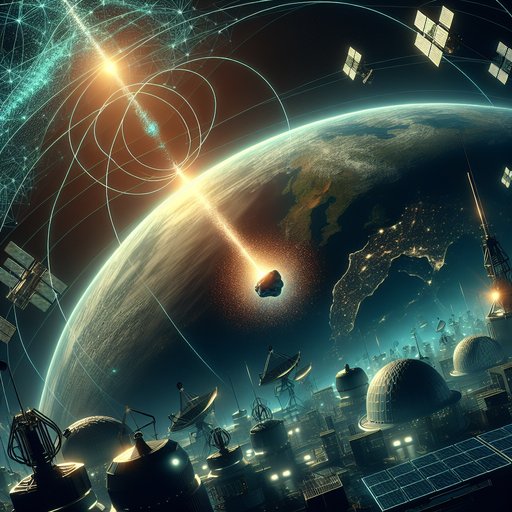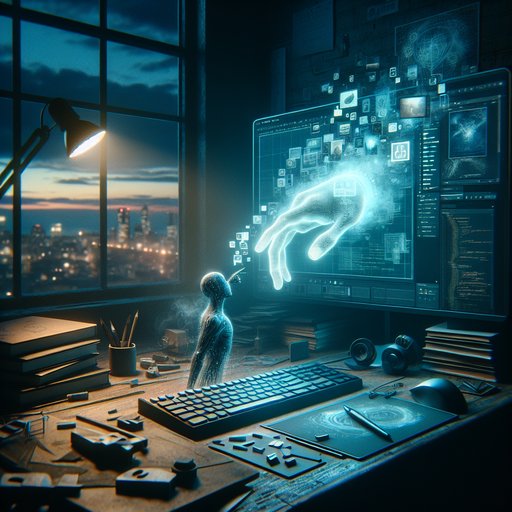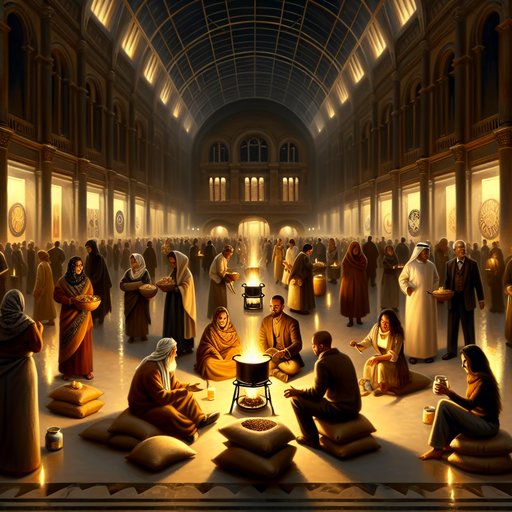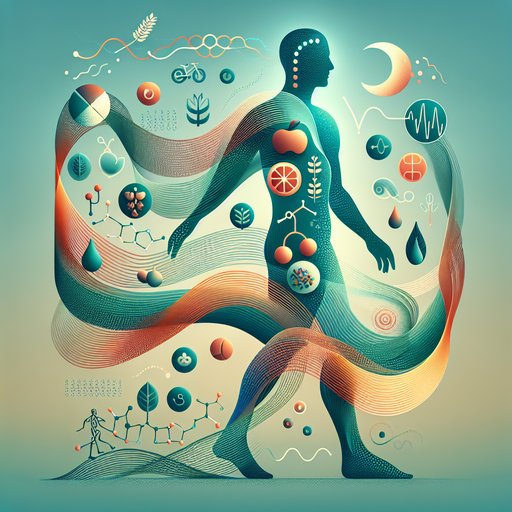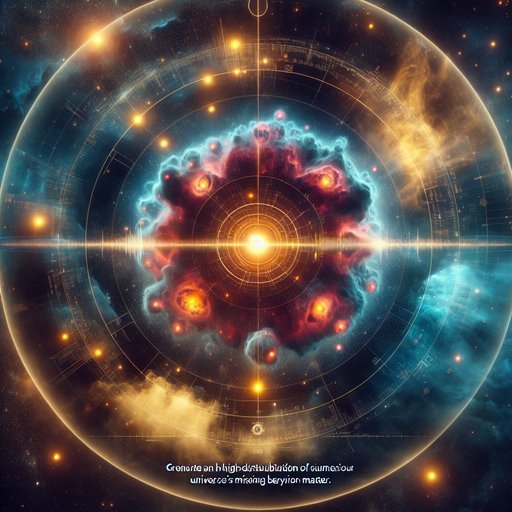
Astronomers have made a groundbreaking discovery, unveiling the mysterious distribution of the universe's missing baryonic matter. Utilizing the sudden flashes of energy known as fast radio bursts (FRBs), a recent study published in Nature unravels how these enigmatic phenomena illuminate the cosmic fog that has eluded scientists for years [2]. This discovery could transform our understanding of the cosmos, revealing hidden structures that were once theorized but never observed.
Fast radio bursts, intensely brief yet massive bursts of radio waves, have become a valuable observational tool for scientists probing the universe's vast expanse. By analyzing the interaction of FRBs with intergalactic matter, researchers identified the elusive baryons, the building blocks of visible matter [1]. This discovery not only fills a long-standing gap in our understanding of cosmic distribution but also underscores the unique capabilities of leveraging diverse astronomical phenomena for breakthrough insights. The discovery is being celebrated by astronomers worldwide.
Gaia, the recently retired European satellite, played a key role in mapping the stellar distribution of the Milky Way, providing foundational data that paved the way for such novel studies [2]. Despite Gaia's mission ending earlier this year, its legacy continues to fuel contemporary astrophysics, demonstrating the importance of comprehensive celestial cartography. As the universe unveils more of its secrets, it captures the imagination and wonder of both scientists and the public alike. Recently, Pope Leo XIV addressed astronomy students, highlighting the awe and curiosity that these cosmic revelations inspire [3].
Engaging with these celestial developments can foster a deeper connection to our place within the universe, motivating the next generation of astronomers and enthusiasts. Looking forward, novel technologies continue to enhance our exploration capabilities. The planned launch of the ultra-dark Vantablack satellite, designed to mitigate light pollution, promises a future where deep-space observation can proceed without interference from satellite constellations [4]. As new tools and discoveries illuminate the universe, humanity stands on the cusp of an era where the mysteries of the cosmos become increasingly accessible, fostering both scientific and inspirational advancements.
Sources
- Fast Radio Bursts Reveal Universe's Missing Matter Hidden in Cosmic Intergalactic Fog (Gadgets360.com, 2025-06-19)
- Gaia, Europe’s Galactic Cartographer, Is Gone But Not Forgotten (Scientific American, 2025-06-19)
- Pope Leo XIV speaks with astronomy students about ‘wonder’ of the universe (Catholicnewsagency.com, 2025-06-19)
- Ultra-dark Vantablack satellite set to launch in 2026 to combat Starlink light pollution crisis (Naturalnews.com, 2025-06-19)








